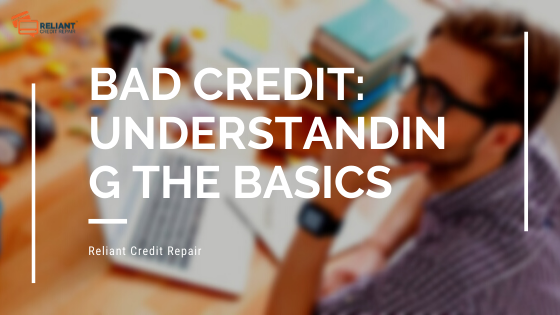Understanding the Concept of Credit Scoring Models
Credit scores are used to determine the credit risk of loan applications. This is done using historical data as well as statistical techniques. The score can be used by banks to produce a rank for the loan applicants and borrowers in terms of risk factors.
To build this model developers analyze historical data of previously made loans. They do this to determine which borrower characteristics will help them to predict whether the loan had a good performance or not. The better the model design, the higher the percentage will be. A higher percentage of high scores are awarded to borrowers whose loans perform well and a lower percentage is given to those whose loans do not. However, no model is absolutely perfect so some bad accounts receive higher scores than some of the better ones.
Reports on borrowers come from loan applications and from the credit bureaus. They will contain such information as the applicants’ monthly income, their outstanding debt, their financial assets, how well they performed on a previous loan, whether they own a home or rent one, the type of bank they use, and even how long they have been at their job. The regression analysis relating loan performance to the many variables is used to discover which combination of factors will best predict how much weight each factor should hold. Because of the correlations between each of the factors, it is very possible that some of the factors the model developer begins with will not be in the final model, due to little value added considering the other variables in the model.
According to Fair, Issac and Company, Inc, a leading scoring model developer, it is quite possible that sixty variables will be considered when developing a model but only about twelve might end up in the final scorecard. In most scoring systems, the higher the score means the lower the risk. A lender may have a set cutoff score based on the amount of risk they are willing to take. If they followed the model carefully, the lender would approve all applicants whose score was higher than the cutoff and deny all applicants whose score was lower than that of the cutoff. Although this system is very accurate, it still cannot predict with certainty any individual’s loan performance. Even so, it should give a fairly accurate prediction.
In order to build a good scoring model, developers need a large amount of historical data that will reflect the loan performance of the applicant in both good and bad economic conditions. In the past, banks only used personal history, credit reports, and judgment to make credit decisions. During the past twenty-five years, however, credit scoring has become the way to go as far as applicant decisions for credit cards and any other form of credit. Scoring is now also used in mortgage origination. Both the Federal Home Loan Mortgage Corporation and the Federal National Mortgage Corporation have encouraged the use of credit scoring.
Credit scoring has become such a necessity in the issuing of loans that even private mortgage companies are using it to screen their potential customers.



